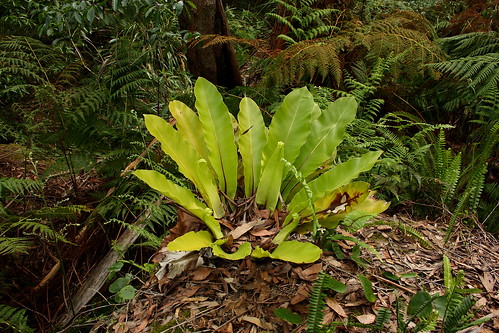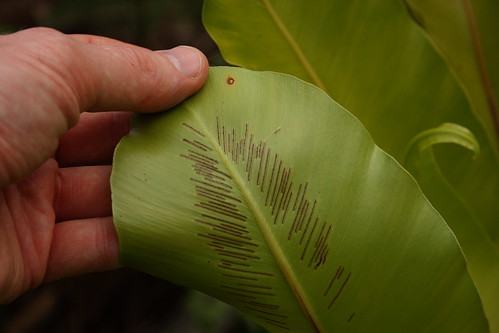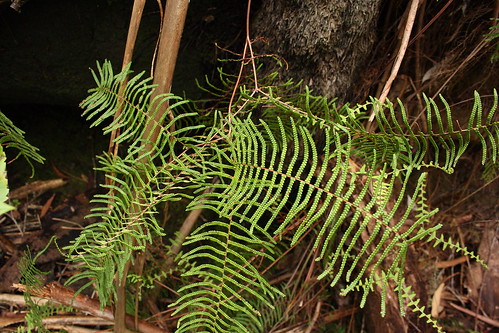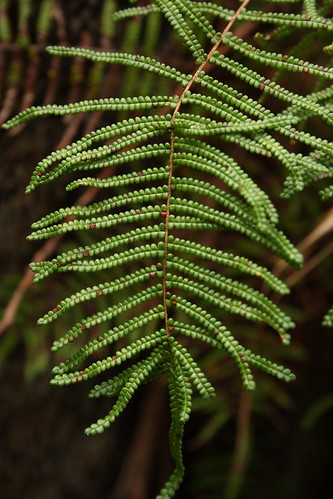Xanthorrhoea arborea
“A grass tree to 4m tall, with an aerial trunk” – NPOS p.278
Another unique and distinctive plant of the Australian bush. Grass trees have a short stout trunk that is often burned black from previous bush fires terminating with a dense tuft of long grass like leaves radiating from the crown. They are very slow growing at a rate of only 1cm per year, that makes a little 30cm tall plant almost as old as me! They make up for it in life span living up to 600 years old. Every year grass trees sprout a large ( up to 2m ) woody spike from the center of their leafy crown. The top section of the spike is densely covered in small nectar rich flowers.
They were a very useful plant to Aboriginies, the nectar from the flowers can be licked off, or the entire flower head soaked in water to make a sweet drink, enjoyed fresh or slightly fermented. The flower spikes were uses as spear shafts and resin could be collected from the trunks and the leaf basses and processed to be used for tools and weapons.
I’ve always wanted a grass tree in the garden, I recently bought one from a local nursery. It’s a Xanthorrhoea johnsonii which I’ve now learned is more of a Northern NSW and Queensland species, I hope it does ok here. But not too well, don’t want it colonizing the bush and competing with the native ones!
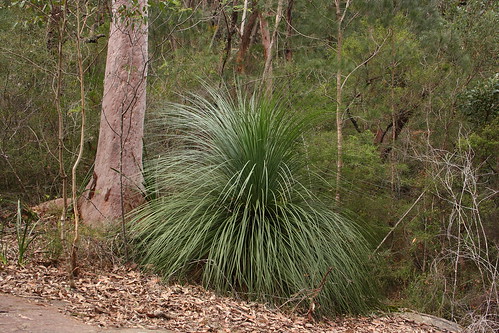
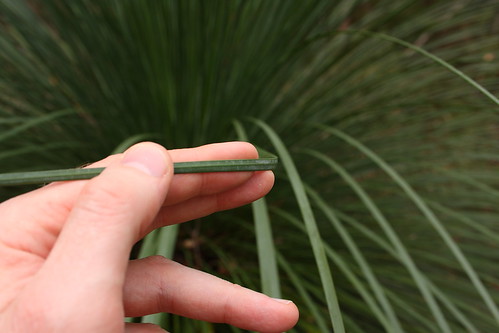
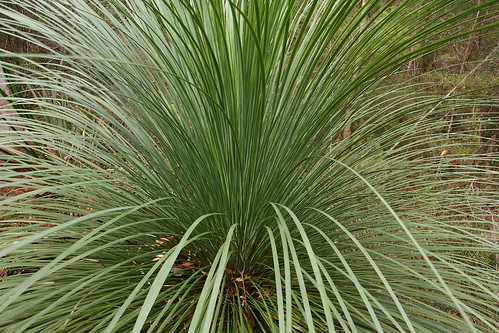
more info:
